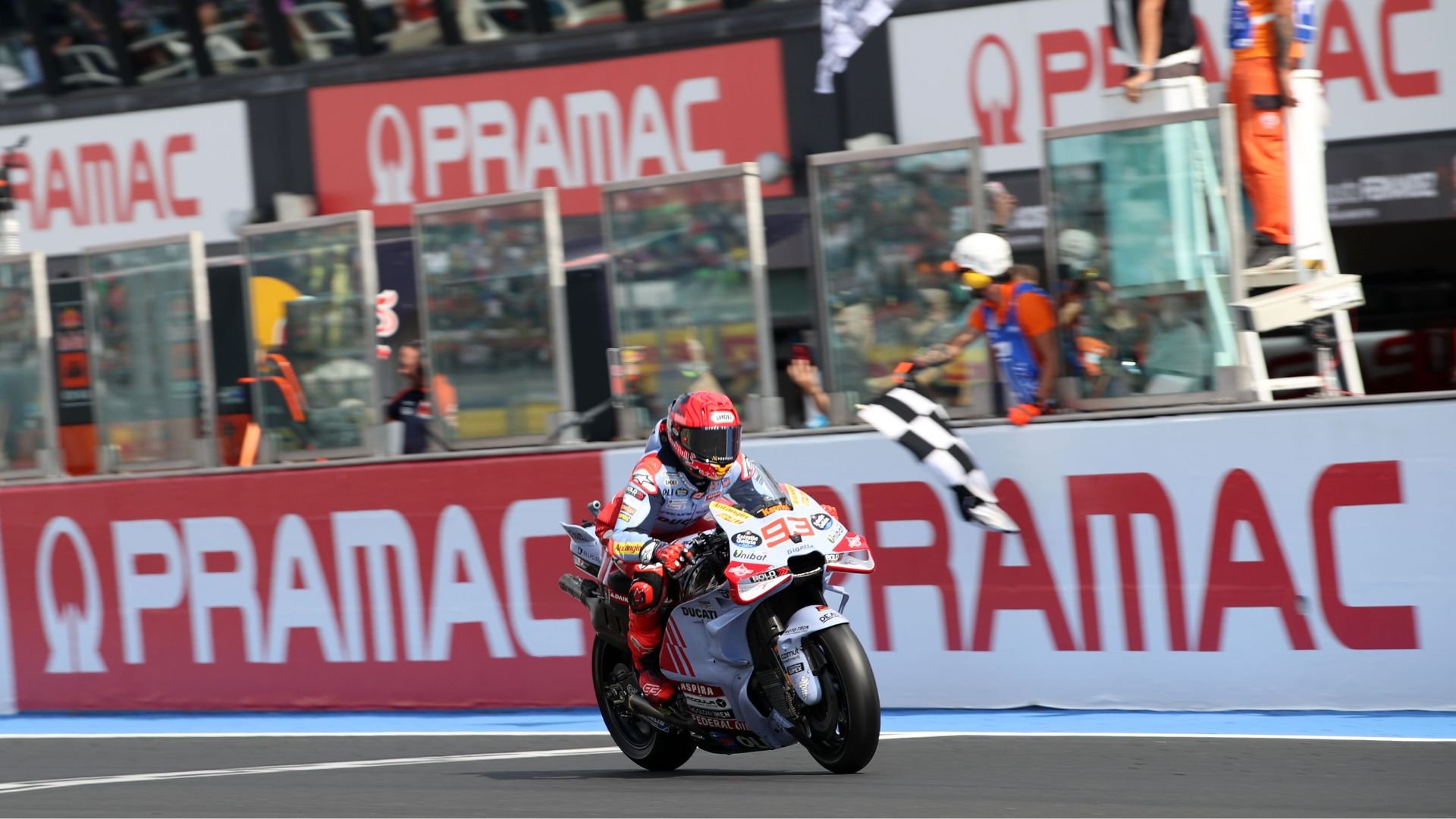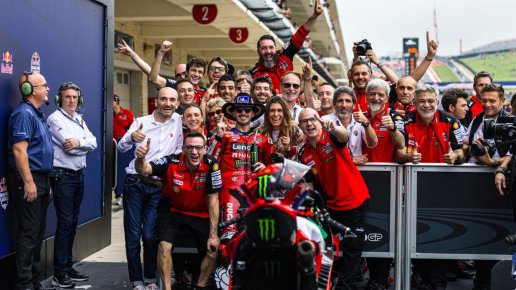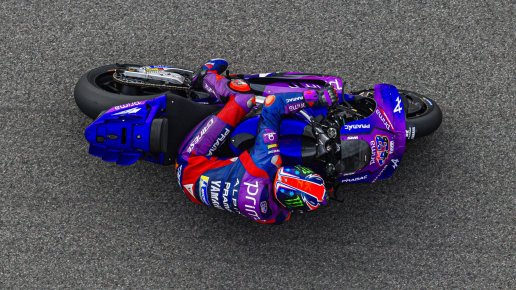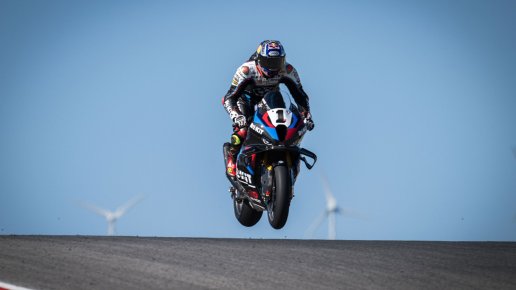
Photo: Gold & Goose / Red Bull Content Pool
MotoGP explained: Flag system
In MotoGP, flags are more than just colorful signals—they are a crucial part of race communication, ensuring rider safety and fair competition. Whether you’re new to MotoGP or just want to understand the flag system better, this easy guide will walk you through what each flag
F1 & MotoGP news to your inbox every day.
In MotoGP, the flag system is important for keeping the riders safe and ensuring fair racing. Flags are essentially communication tools between the race officials and the riders, helping everyone understand what's happening during practice, qualifying, and races. So, if you're wondering, "How does the flag system work in MotoGP?", here’s an easy guide to help you understand it all.
Why are flags important?
Every rider and team needs to know what each flag means. It's all about keeping everyone safe and ensuring the race goes as smoothly as possible. The MotoGP flag rules are part of the overall safety system, which also includes things like track safety, the Safety Car, marshals, and a medical team on standby at every event.
How it works
Flags are waved by marshals (also called officials) who are stationed around the track to give important information or instructions to riders. Riders must immediately follow the instructions the flags give them. Flags can be waved during practice, qualifying, and the actual race, depending on what's happening on the track.
To explain further, marshals act under the direction of Race Direction and the MotoGP Stewards Panel, which are the officials in charge of the race rules and safety.
Flags and their meanings
Here are the different flags you might see during a MotoGP race and what each one means:
| Green Flag: | The track is clear. This flag is waved at the start of a practice session, warm-up laps, sighting laps, or after any yellow flags to signal that it’s safe to go full speed again. |
| Yellow and Red Striped Flag: | There's something on the track that could affect traction, like oil or gravel. Riders should be cautious in that area. |
| White Flag with Diagonal Red Cross: | Rain is affecting a section of the track, so riders need to be careful. |
| Blue Flag: | A rider is about to be overtaken. In practice, this means the rider needs to let a faster rider pass. In a race, it means a rider is about to be lapped, and they need to let the lapping rider pass as soon as possible. |
| Chequered Black and White Flag: | The session or race is over. This flag is waved at the finish line to signal the end of a race or practice. |
| Chequered Black and White Flag + Blue Flag: | If a rider is close behind the leader in the final lap, both flags are waved together at the finish line. |
| Yellow Flag on the Starting Grid: | This indicates that the start of the race is delayed. It can also mean that a rider on a specific row is having trouble. |
| Yellow Flag Around the Track: | One yellow flag means there is a danger ahead on the track (like a crash or debris). Riders need to slow down. |
| Two Yellow Flags Around the Track: | Two yellow flags mean there is a bigger hazard on the track, and riders need to be extra careful. |
| White Flag: | This means riders are allowed to change bikes (usually during a wet race or a change in conditions). Only Race Direction can make this decision. |
| Red Flag: | The race or practice session is stopped, usually for safety reasons (like a crash or unsafe track conditions). Riders must head back to the pit lane slowly. |
| Black Flag: | A rider has been disqualified. They must stop at the pit lane at the end of the current lap and cannot continue racing |
| Black Flag with Orange Circle: | This flag tells a rider that their bike has a mechanical issue that could be dangerous. They must leave the track immediately. |
What happens if someone ignores the flags?
Riders must follow the flags or they will face penalties. For example, during a yellow flag, overtaking is not allowed, and if riders ignore this rule, they could be penalized. The penalties can be communicated to riders through their dashboard or pit boards and may include:
- Position Change: The rider may be asked to drop a certain number of positions.
- Long Lap Penalty: The rider has to go through a special track area that adds extra time to their lap.
- Ride-Through: The rider must ride through the pit lane without stopping.
- Time Penalties: Extra time will be added to the rider’s total race time, or their best lap time can be canceled.
How the Flags Affect the Race
Flags are crucial for rider safety and race strategy. They affect everything from rider behavior to race results. For example, if it’s a wet race and the white flag is shown, riders can change bikes. This is called flag-to-flag racing and has been used in many races.
However, if a rider makes a mistake during a flag-to-flag race (like missing their bike change), they could be disqualified, just like Marc Márquez during the 2013 Australian Grand Prix.






